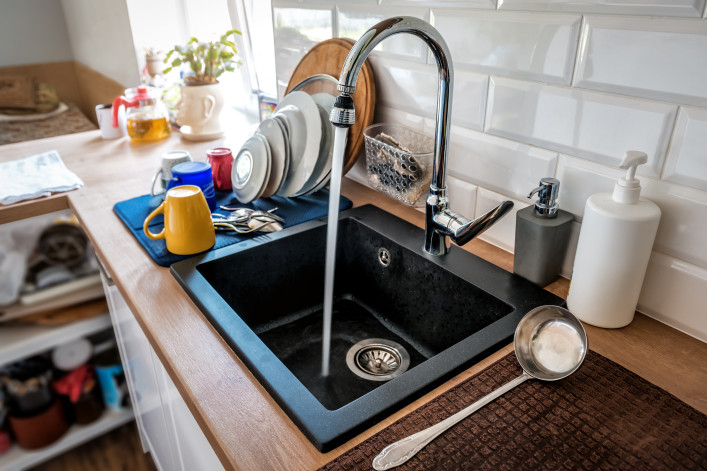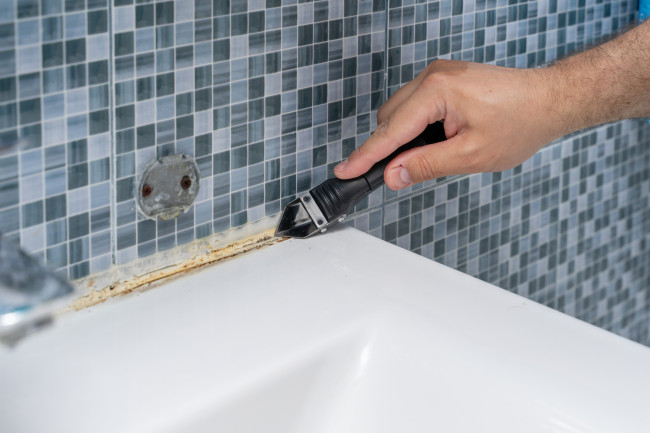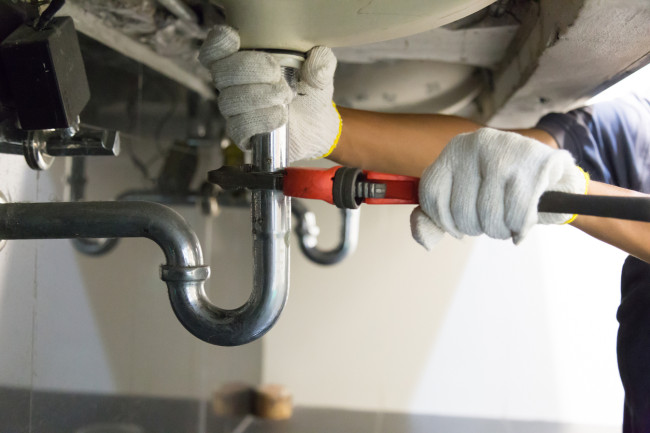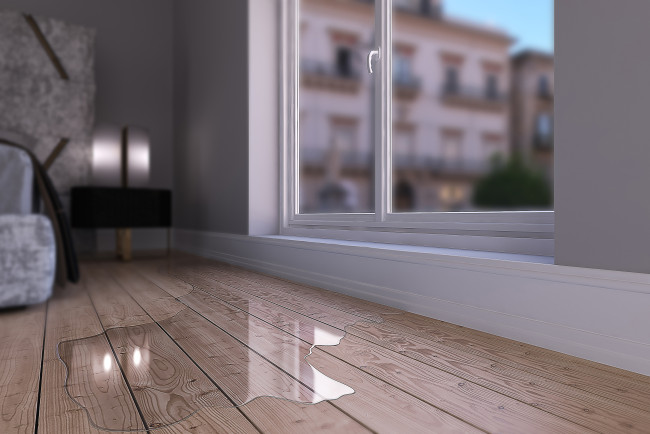NYC is facing a 'drought emergency.' Here’s how you can conserve water in your apartment
- Mayor Adams issued a drought watch this month after a historically dry October
- Limit your water usage with shorter showers and turning off the tap while doing dishes

Faucets use two to three gallons of water each minute, according to the NYC Department of Environmental Protection.
iStock
Wildfire smoke, earthquakes, and now, a drought. Move over California, New York City has taken up some of your key climate problems.
Mayor Eric Adams issued a citywide drought watch on Nov. 2nd after NYC experienced its second-longest dry streak in October since 1869. He and other city officials called on New Yorkers to conserve water to “stave off a more serious drought emergency.”
[Editor's note: On Nov. 18th, Adams issued a drought warning—a more serious call to reduce water usage—and ordered city agencies to close leaky fire hydrants, wash city vehicles less, and to conserve water in schools.]
“Mother nature is in charge, and so we must make sure we adjust based on the lack of water and rain we have received,” Adams said in a video posted on X (aka Twitter) Saturday morning.
If you were distracted by Halloween, or say, the run-up to a tumultuous presidential election, you may not have noticed that it barely rained in NYC last month. The city saw just 0.81 inches of rain in October, compared to a historical average of 3.81 inches for the month, according to the city.
The lack of rain has lowered drinking water levels at New York’s upstate reservoirs, which are usually filled by fall showers. Those reservoirs sat at around 64 percent capacity on Nov. 7th, compared to a usual 79 percent capacity, according to the NYC Department of Environmental Protection (DEP).
A drought watch is just the first step in how the city deals with a drought, the publication The City reported.
If conditions worsen, however, the city could declare a drought warning or emergency, and require city agencies and individuals to limit their water usage. To prevent that, it’s a good idea to take a few easy steps to curb your water usage.
Older New Yorkers might remember these tricks from past droughts, such as the drought emergency from 2001 to 2003 or the three consecutive droughts that hit NYC in the 1980s. Check out a video of former Mayor Ed Koch’s campaign, “Keep New York City Wet,” unearthed by Katie Honan, a reporter at The City.
New York City is under a drought watch.
— katie honan (@katie_honan) November 2, 2024
Here’s former Mayor Ed Koch in 1980 for the “Keep New York City Wet” campaign — maybe @NYCMayor should replicate it (via @LaGuardiaWagner https://t.co/dn3xQ5xP40) https://t.co/cO8L7i6s01 pic.twitter.com/ZgsKlhPU1D
Want to learn a few more tricks? Read on for how you can help do your part to conserve water in your NYC apartment.
Shorter showers, turn off that tap
To start, you should take shorter showers. Resist the temptation to belt out your favorite pop album or spend time ruminating under the hot water. Taking a shorter shower can save five to seven gallons a minute, and could even help lower your utility bill if you live in a new building.
If you prefer taking baths—and are lucky enough to have a tub in your bathroom—you can fill the tub only halfway to save 10 or 15 gallons of water, according to DEP. Similarly, renters with that coveted dishwasher should use it only when it’s full, and use the short cycle to save even more water.
Also, make sure to turn off your faucet while shaving, washing your hands, brushing your teeth, or doing the dishes, and don’t flush your toilet when you don’t need to.
If you’re in the mood for a renovation
If you happen to be upgrading your bathroom, consider installing a water-saving toilet. Certain latrines, known as WaterSense models, use less water per flush while performing at the same level as your average privy, according to the U.S. Environmental Protection Agency. Just keep an eye out for the WaterSense label while you shop.
You can also install water-saving showerheads and faucet aerators—which add air bubbles to the stream that comes out of your tap, per DEP.
If you’re experiencing a leak in your apartment, make sure to report it to your landlord as soon as possible. And to ensure that the repair gets made, check out: “The 7 best ways to get your NYC landlord to make repairs and get them done faster.” (And make sure to report any fire hydrant leaks to 311 as well.)




























